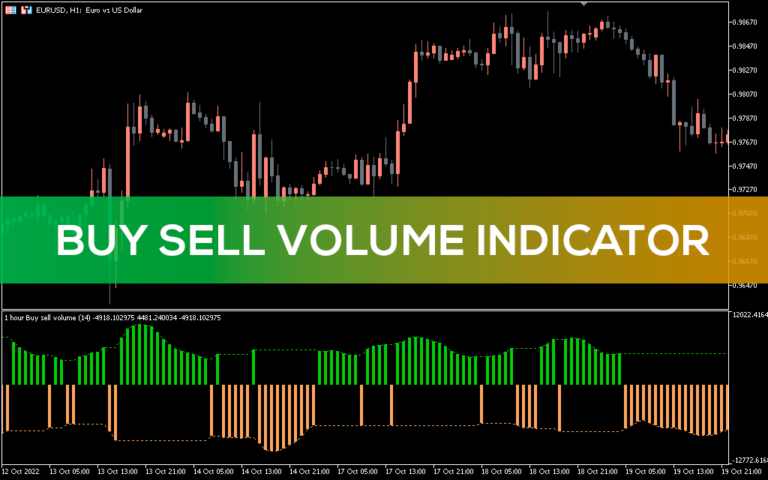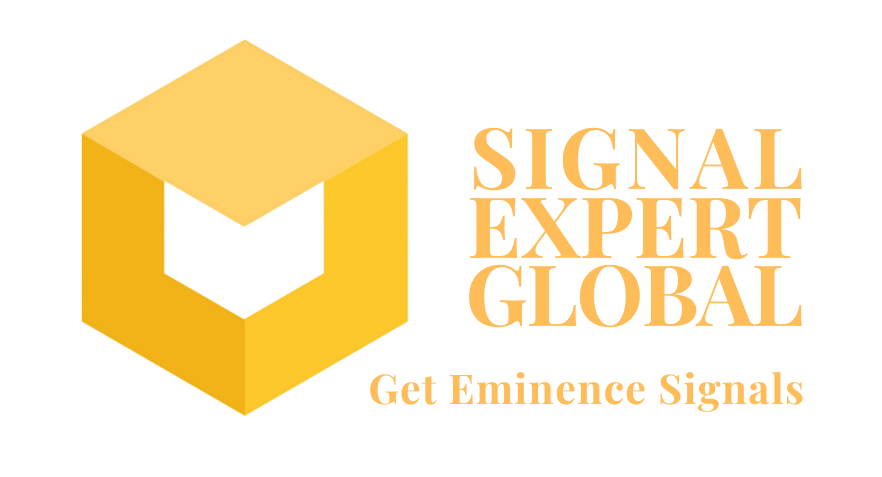Buy and Sell Indicators: A Smart Trader’s Guide by Signal Expert Global
In the world of forex and commodity trading, success often hinges on timing—knowing when to enter and exit the market. One of the most effective ways to achieve this is through the use of buy and sell indicators. At Signal Expert Global, we use advanced technical tools and strategies to help traders make informed decisions based on market trends and patterns. In this comprehensive blog, we’ll explore what buy and sell indicators are, how they work, and which ones you should consider using to enhance your trading performance.

Buy and sell indicators are technical analysis tools that help traders identify potential entry (buy) and exit (sell) points based on historical market data, price trends, and volume. These indicators simplify the decision-making process by highlighting market momentum, trend direction, and reversal signals.
These tools are not predictive in the sense of being 100% certain, but they offer traders a probability-based edge. When used in conjunction with proper risk management and other analysis methods, they can greatly enhance your trading strategy.
At Signal Expert Global, we understand that trading in volatile markets like forex and comex requires a robust system. Buy and sell indicators provide:
Clarity during uncertain market conditions
Confidence in decision-making
Consistency in trading approach
Confirmation when used alongside chart patterns or price action
Whether you’re day trading, swing trading, or holding longer positions, these tools can help you manage your trades more effectively.
Popular Buy and Sell Indicators Every Trader Should Know
Here are the most commonly used indicators that we recommend to our clients at Signal Expert Global:
1. Moving Averages (MA)
Moving averages smooth out price data to help identify trends. The two main types are:
Simple Moving Average (SMA)
Exponential Moving Average (EMA)
A typical strategy involves using two moving averages: when a short-term average (e.g., 50-day) crosses above a long-term average (e.g., 200-day), it’s a buy signal. Conversely, when it crosses below, it’s a sell signal.
2. Relative Strength Index (RSI)
RSI measures the speed and change of price movements on a scale of 0 to 100.
Above 70 suggests overbought conditions (potential sell)
Below 30 indicates oversold conditions (potential buy)
Traders often combine RSI with trend analysis to avoid false signals.
3. MACD (Moving Average Convergence Divergence)
MACD is a trend-following momentum indicator. It consists of:
MACD line
Signal line
Histogram
A buy signal occurs when the MACD line crosses above the signal line. A sell signal appears when the MACD line crosses below the signal line.
4. Bollinger Bands
Bollinger Bands are volatility indicators formed by placing standard deviation levels above and below a moving average.
Price touches lower band: potential buy signal
Price touches upper band: potential sell signal
These signals are stronger when paired with RSI or candlestick patterns.
5. Stochastic Oscillator
This tool compares a specific closing price to a range of prices over time.
Readings above 80 indicate overbought
Readings below 20 indicate oversold
Crossovers of the %K and %D lines provide buy and sell opportunities.
6. Parabolic SAR (Stop and Reverse)
Parabolic SAR places dots above or below price bars:
Dots below price suggest a buy trend
Dots above price suggest a sell trend
This is often used as a trailing stop or exit signal.
7. Volume Indicators (e.g., On-Balance Volume)
Volume can confirm trends:
Increasing volume during price rises supports buy signals
Increasing volume during price drops supports sell signals
Volume indicators help validate whether a trend is gaining strength.
Combining Multiple Indicators for Better Accuracy
Using just one indicator can often lead to false signals. At Signal Expert Global, we advocate for indicator convergence—using two or more tools to confirm a trading signal.
For example:
Use RSI + MACD to confirm a bullish reversal
Combine moving averages + Bollinger Bands to identify breakout setups
Pair volume indicators + Parabolic SAR for trend confirmation
The synergy between multiple indicators helps filter out noise and increase the reliability of signals.
Limitations of Buy and Sell Indicators
While buy and sell indicators are powerful, they are not infallible. Here are some limitations:
Lagging nature: Many indicators react to price, not predict it
False signals in choppy markets
Over-optimization: Custom settings may not work across all assets
To counter this, we recommend combining indicators with:
Market news and sentiment analysis
Price action strategies
Proper risk management
How Signal Expert Global Helps You Use Indicators Wisely
At Signal Expert Global, we go beyond generic strategies. Our team provides:
Real-time buy and sell signals based on technical indicators
Market research and updates on key trading instruments
Customized strategies based on your trading style
Support and learning material to understand indicator behavior
Whether you’re trading forex, gold, or crude oil, our experts guide you through identifying high-probability entry and exit points.
Real-World Example: Using Indicators in Action
Let’s say you’re trading EUR/USD:
50-day EMA crosses above 200-day EMA: Buy signal
RSI is at 40 and rising: Confirms bullish momentum
MACD shows crossover with rising histogram: Strong entry confirmation
You place a long trade and use Parabolic SAR as a trailing stop mechanism to protect your profit as the trend continues.
This multi-indicator approach can help minimize risk and improve trade confidence.
Final Thoughts
Buy and sell indicators are essential components in any trader’s toolkit. While they’re not foolproof, when used wisely and in combination, they provide structure, clarity, and discipline to your trading decisions.
At Signal Expert Global, we’re committed to empowering our clients with professional tools, real-time insights, and the education needed to succeed in today’s fast-moving markets. Whether you’re a beginner or a seasoned trader, leveraging these indicators can help you navigate the forex and commodity markets more effectively.
Lorem ipsum dolor sit amet, consectetur adipiscing elit. Ut elit tellus, luctus nec ullamcorper mattis, pulvinar dapibus leo.
